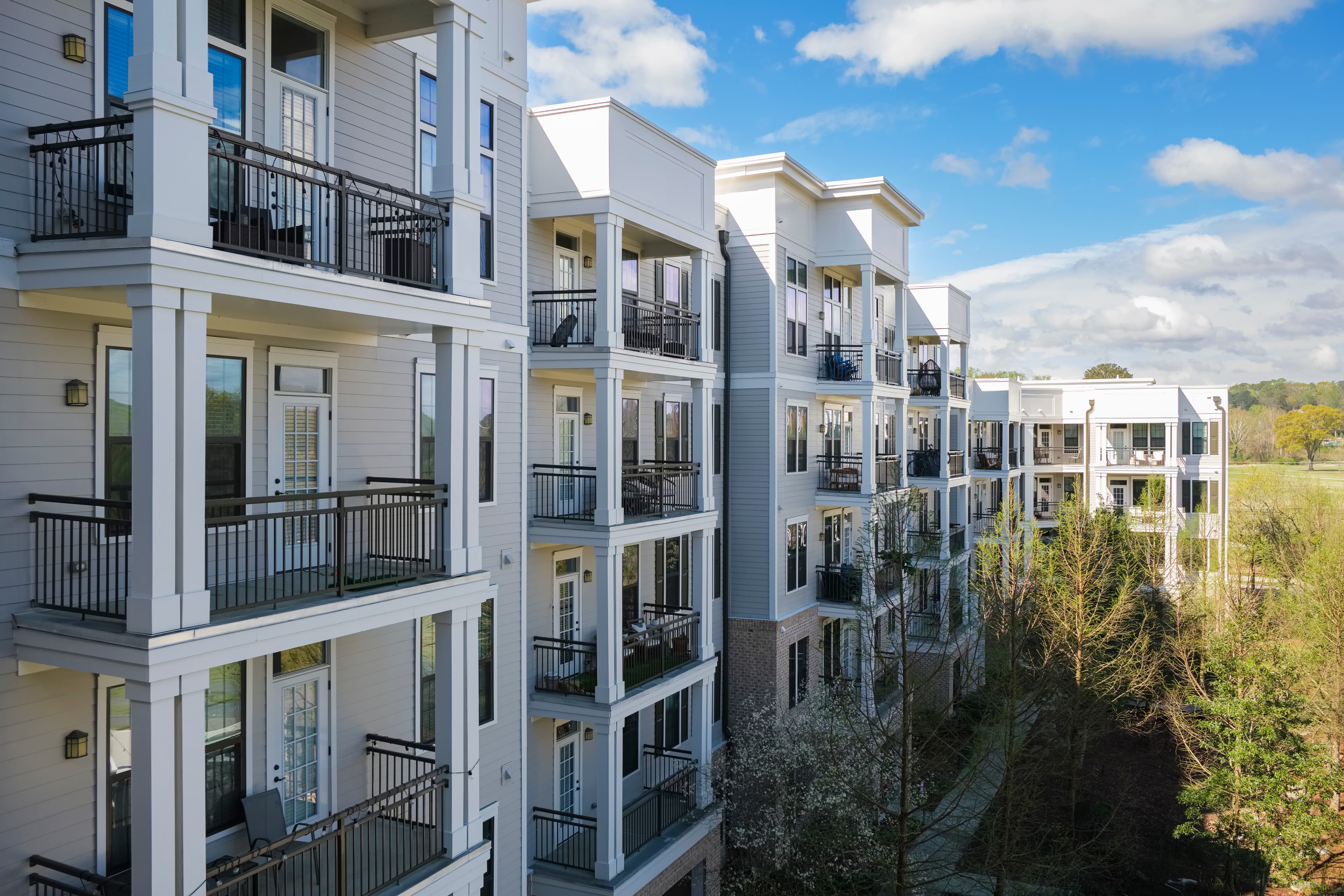Key highlights
PropTech has grown exponentially over the years with more than 10,000 companies globally
Leveraging technology to increase returns is even more critical as owners battle slowing rent growth and rising cost of debt
The big themes around innovation are in data, workflow, and space utilization, ESG and automation that helps reduce labor shortage pain points
Let it be known – real estate is no longer the laggard it once was when it comes to innovation and technology. The industry has come a long way in a few short years, and investors, owners and managers are now expected to lean more heavily on technology solutions as they work harder to boost ROI in an increasingly challenging market cycle.
Recently, a prevalent theme across the industry has been the focus on data transparency, along with speed and access to more accurate and standardized data. There also is a broad array of innovative technology on the doorstep and around the corner ranging from AI and robotics to PropTech and Opco-Propco. Altus Group took a closer look at Commercial Real Estate and Innovation at its Altus Connect conference. The panel discussion featured Nina Vascotto, Vice President of Real Assets at ICONIQ Capital and Zander Geronimos, Head of Strategic Partnerships and Business Development at MetaProp.
As one of the largest early-stage venture capital funds in the PropTech sector, MetaProp has had a front row seat to industry innovation in recent years. “At the nexus point in 2015 and 2016, we started to see this massive, almost Cambrian explosion of companies,” says Geronimos. At that time, there were around 200 companies globally that were considered PropTech. These days, MetaProp is tracking over 10,000 companies globally. “We see 200 new companies a month. So, we're going in a very nice direction and tackling some of the most fundamental questions on leasing workflow, back-office accounting, transparency in data, and all of those key things. But we have so much further to go,” he says.
Now it's almost overwhelming the number of companies that are out there. One of the challenges for real estate owners and managers, especially the larger firms, is that it’s difficult to figure out all the things that they have bought and what they've been using for the last 20 years, says Geronimos. “What we try to do with our clients is build out this framework of integration and best-in-class ecosystems so they can easily plug and play different things, pilot small, fail small and then win big,” he says.
Market pressures drive shift in thinking
In a market where owners and operators are feeling more pressure on budgets, there are a few categories of technology that stand out for attracting more investment. One is on the ESG side, particularly around areas such as carbon audit. An audit of this nature allows companies to better understand their carbon footprint, which helps to determine what goals to set and how to get there, notes Geronimos. With this in mind, there arehigh levels of adoption for things like Measurabl, Acacia and Enertiv. There are also high levels of adoption around transparency leasing tools, which helps to provide insight into teams and what performance looks like.
On the space utilization side, MetaProp has a company called PadSplit, which can divide an apartment, such as a standard two bedroom into four bedrooms, and aims to positively influence the issue of affordable housing. “There's a lot of that space conversion and interesting use of space with a layer of technology,” says Geronimos. Another example of that blend of tech and space is Placemakr – a real estate company with a tech component inside of it that helps to facilitate short-term rentals. “We are seeing such a high level of drive to be tech-forward, but still real estate, which is creating much more of this PropCo/OpCo model,” says Geronimos.
To this effect, Vascotto notes that a key focus for ICONIQ has been to drive improved returns based on where the multifamily market is heading, taking into account the changes in consumer demands ushered in by the rise of Airbnb, as well as the more mobile workforce that is blending work and leisure. For example, people might come to Miami for work and then stay the weekend. Based on ICONIQ's market observations, only offering the 12-month lease simply doesn't make sense anymore.
The company’s residential fund owns about 4,000 units of class A multifamily across the country, and it also is the majority investor in Sentral, a full-service management company for Class A multifamily properties, that manages about 10,000 units across the country, ICONIQ and third party owned. Sentral has three pillars that differentiate it from the traditional residential property manager. The first one is best-in-class technology and experience. That pillar focuses on where to leverage things like pricing technology, operational technology, and access control.
The second pillar is a furnish program. About 30% of ICONIQ’s multifamily units are furnished apartments and can be leased from one night up to 12 months. For example, the firm has an asset in Scottsdale, where earlier this year they were able to rent their furnished apartment for more money in one night of the Super bowl than they would have made in a month with a typical unfurnished unit. The third pillar is a focus on hospitality. This approach is consistent within the brand but takes different forms across the portfolio, including curated F&B offerings for residents, white-glove package delivery services, and resident-only club programs. Some are managed in-house and others by third parties, but each really elevates the residential experience in a meaningful way and, as a result, drives higher rent premiums.
Simply put, consumers are changing, and real estate is changing -- so how do we optimize the space that we have to generate higher returns? Vascotto notes that, generally, Sentral is driving 5 to 15% NOI premiums compared to what its assets were operating at as traditional multi-family properties. “So, we’re taking advantage of that flexible length of stay and the operational efficiencies of operating both the unfurnished and furnished in one building,” she says. Optimization to increase returns is even more critical now with slowing rent growth and rising cost of debt. “There is a moment in time where a lot of owners, not just residential, are saying – what can I do to drive higher NOI,” she adds.
“The approach is really interesting, especially thinking about the question of what is core? As those changes, we have these properties that all have legacy uses. We know the real estate is valuable, but how is it being utilized?” adds Aviva Fink, Vice President of Global Marketing at Altus Group and moderator of the CRE and Innovation panel. Airbnb was revolutionary during its moment in time, and now multifamily seems to be at the cusp of revolutionary changes in how that space can be used in the future. So what does that mean for other asset types?
Author

Altus Group
Author

Altus Group
Resources
Latest insights






